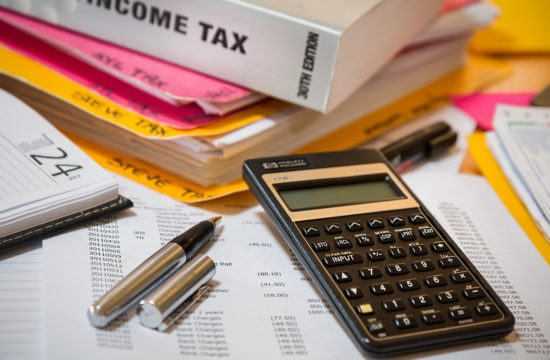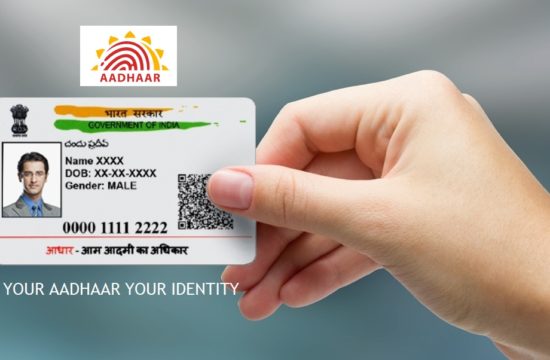A new section 87A has been introduced in the Budget 2013-14 under Income Tax Act, 1961, which is applicable from 1st April, 2014, wherein an additional relief upto Rs.2,000 has been provided to assessees whose total income is upto Rs.5,00,000 in a financial year. This relief is applicable for individuals only.
The following points must be noted with regard to this section:
- This is a rebate and not a deduction. This rebate is from the tax and not a deduction from income.
- Total income under this section cannot exceed Rs.5,00,000. This total income will be after providing for deduction under Chapter VI but before sections 87A.
- This section can be availed by both male and female assessee.
- There has been no increase in the basic exemption limit, i.e. it remains to Rs.2,00,000 and not increased to Rs. 2,20,000.
- Rebate is available on lower of two: Tax payable or Rs.2,000.
To make the understanding of this section more easy following examples can be referred.
Example 1: Mr. A employed with XYZ Pvt. Ltd. drawing a Salary income of Rs. 4,80,000 p.a. Mr. A took life insurance policy paying premium of Rs.50,000 per annum and also had FD of Rs.1,00,000 for 5 years. Compute his tax liability?
- Total Income Rs. 4,80,000
- Less: Deduction u/s 80C Rs. 1,00,000
- Taxable income (a – b) Rs. 3,80,000
- Tax @10% on Rs.3,80,000 Rs. 38,000
- TDS deducted Rs. 30,000
- Less: Rebate u/s 87A Rs. 2,000
- Net Tax payable [d – (e + f)] Rs. 6,000
Example 2: Mr. A employed with XYZ Pvt. Ltd. drawing a Salary income of Rs. 3,20,000 p.a. Mr. A took life insurance policy paying premium of Rs.50,000 per annum and also had FD of Rs.1,00,000 for 5 years. Compute his tax liability?
- Total Income Rs. 3,20,000
- Less: Deduction u/s 80C Rs. 1,00,000
- Taxable income (a – b) Rs. 2,20,000
- Tax @10% on Rs.2,20,000 Rs. 2,000
- TDS deducted NIL
- Less: Rebate u/s 87A Rs. 2,000
- Net Tax payable [d – (e + f)] NIL
Example 3: Mr. A employed with XYZ Pvt. Ltd. drawing a Salary income of Rs. 3,10,000 p.a. Mr. A took life insurance policy paying premium of Rs.50,000 per annum and also had FD of Rs.1,00,000 for 5 years. Compute his tax liability?
- Total Income Rs. 3,10,000
- Less: Deduction u/s 80C Rs. 1,00,000
- Taxable income (a – b) Rs. 2,10,000
- Tax @10% on Rs.2,10,000 Rs. 1,000
- TDS deducted NIL
- Less: Rebate u/s 87A Rs. 1,000
- Net Tax payable [d – (e + f)] NIL
Example 4: Mr. A employed with XYZ Pvt. Ltd. drawing a Salary income of Rs. 3,10,000 p.a. Mr. A took life insurance policy paying premium of Rs.50,000 per annum and also had FD of Rs.1,00,000 for 5 years. Compute his tax liability?
- Total Income Rs. 3,10,000
- Less: Deduction u/s 80C Rs. 1,00,000
- Taxable income (a – b) Rs. 2,10,000
- Tax @10% on Rs.2,10,000 Rs. 1,000
- TDS deducted Rs. 2,000
- Less: Rebate u/s 87A Rs. 1,000
- Net Refund [d – (e + f)] Rs. 2,000
Another point to be noted with regard to this section is that this Tax Rebate of Rs. 2,000/- is also available to a senior citizen, if the total income is Rs. 5 Lakh or less. Effectively, it means, a senior citizen, both male and female, need not pay any tax on total income of upto Rs. 2,70,000/-. However, this benefit is not available to a super senior citizen (age 80 or above) as his total income uptoRs. 5 Lakh is already fully exempted.
This rebate is aimed to give a little relief to those falling in tax bracket of Rs.2 lakhs to Rs.5 lakhs.







Hi there! Very useful post! I am very glad that I was able to stumble upon your blog while searching Google. Kidos for this great post!